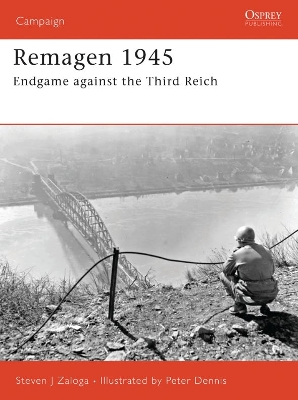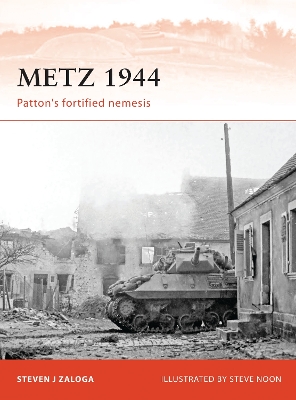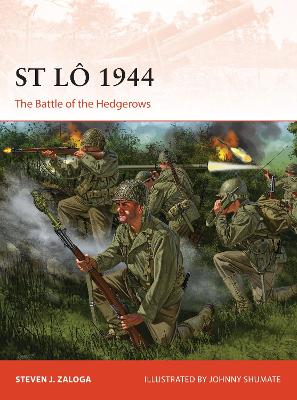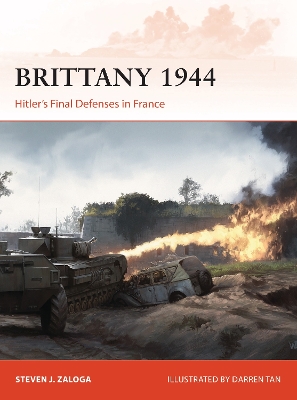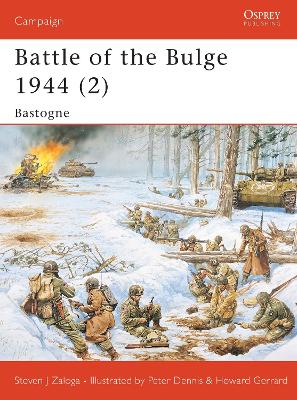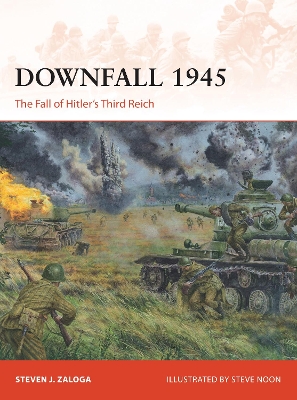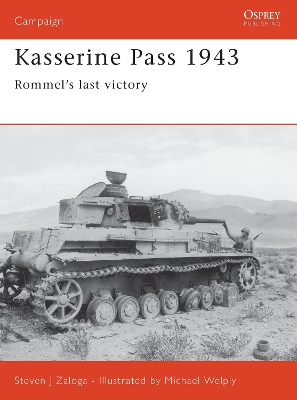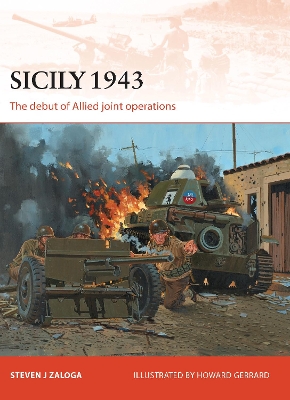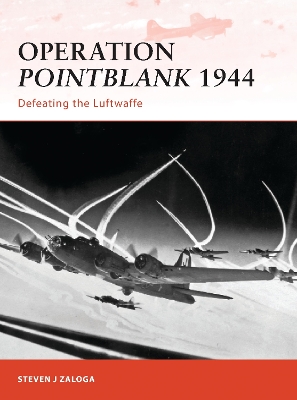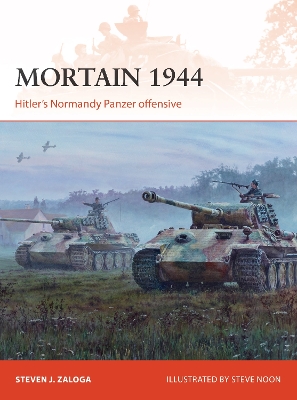Campaign
8 primary works • 20 total works
Book 115
Book 175
Book 181
Book 242
Book 270
Book 278
Book 308
This book examines the brutal attritional struggle in June-July 1944 to overcome the determined German defense and secure St Lo. The city was the site of a crucial cross-roads and was thus a vital target for the invading Allied forces; the initial bombing attacks were so severe that the journalist and poet Samuel Beckett would later report that it had been 'bombed out of existence in one night'. The attack by ground forces turned into a brutal attritional struggle to overcome the determined German defense. Using full-colour artwork, photographs and maps, this is the engaging story of one of the key engagements in the Battle of Normandy.
Book 320
The newly arrived Third US Army (TUSA) under Lt. Gen. George S. Patton was delegated to take on the Brittany mission. In one of the most rapid mechanized advances of the war, TUSA had the ports of Avranches and Quiberon encircled by the second week of August 1944.
But changing priorities meant that most of TUSA was redeployed, meaning only a single corps was left to take the Breton port cities. The fight would drag into 1945, long after German field armies had been driven from France. Using full colour maps and artwork as well as contemporary accounts and photographs, Brittany 1944 is the fascinating story of the siege of Germany's last bastions on the French Atlantic coast.
Yet at the same time, the Allied alliance was already on shaky ground, as German resistance was crushed the Allies began to eye each other nervously across a battletorn Europe, with the politically driven military decisions to have a huge impact on the future of the continent. This book traces the final operations of the war, from the liberation of Denmark, the Allied drive towards the Baltic straits, incursions in Yugoslavia, Hungary, Czechoslovakia and engagements in Eastern and Western Germany, whilst also analyzing how the Allied strategies in the final days of the war were a hint of the future difficulties that would drive the Cold War.
The plan was to send a large Panzer force across the First US Army sector, cutting off its spearheads, and finally reach Avranches on the coast. Had this succeeded, it not only would have cut off the First US Army spearheads, but also Patton's newly deployed Third US Army operating in Brittany. However, thanks to an intercepted radio message, the Allies were well-prepared for the offensive and not only repelled the oncoming panzers, but went on a counter-attack that would lead to a whole German army becoming encircled in the Falaise Pocket.
Fully illustrated with stunning full-colour artwork, this book tells the story of Operation Luttich, the failed offensive which ended any prospect of Germany winning the battle of Normandy.
This campaign title explores the origins and outcomes of this momentous battle. In May 1920, the Polish Army intervened in war-torn Ukraine, pushing all the way to Kiev, but the Red Army, by now triumphant in most of the theatres of the Russian Civil War, turned its attention to this new threat. By the late summer of 1920, two Soviet armies had advanced into Poland and the overconfident Soviet leadership dreamed of advancing over a prostrate Polish Army into neighbouring Germany to ignite a Communist revolution in the heart of Europe.
Thanks to the low density of forces on both sides and the huge distances involved, the conflict was a war of manoeuvre, with a curious mixture of traditional and advanced tactics. Horse cavalry played a dominant role in the fighting, but aeroplanes, tanks, and armoured trains lent the war an air of modernity. This illustrated study explores the war through the lens of the Battle of Warsaw, the turning point when, after a summer of disastrous retreat, the Polish army rallied and repulsed the Red Army at Warsaw and Lwow.

